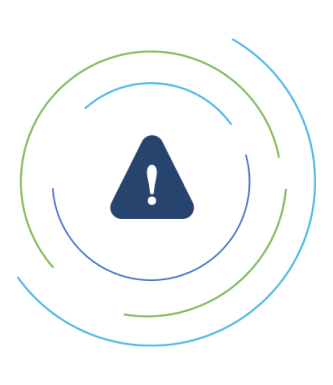
What Is Extended Detection and Response (XDR)?
"The most basic definition of XDR is the collecting of telemetry from multiple security tools, the application of analytics to the collected and homogenized data to arrive at a detection of maliciousness, and the response to and remediation of that maliciousness." –IDC, 2023
How does XDR work?
XDR collects and correlates data across email, endpoints, servers, cloud workloads, and networks, enabling visibility and context into advanced threats. Threats can then be analyzed, prioritized, hunted, and remediated to prevent data loss and security breaches.
How do I benefit from XDR?
With more visibility and context into threats, events that would have not been addressed before will surface to a higher level of awareness, allowing security teams to quickly focus and eliminate any further impact and reduce the severity and scope of the attack.

The importance of integrations
Most organizations rely on tools from multiple vendors to build out their entire security infrastructure, so they tend to have several standalone solutions with little to no integration or shared telemetry.
Bad integration limits the amount of telemetry and intelligence shared, making it impossible to create a single, context-rich view. If you can't see all the threats across the entire enterprise, how can your team effectively mitigate risks at scale, or even at all?
An effective XDR that integrates solutions across the security stack makes it easier for analysts to focus on comprehensive threat detection, prioritizing incident response, and improving productivity.
"To be truly effective, cybersecurity vendors must be open to sharing data and context so that advanced analytics across as many vectors as possible can rapidly detect and respond to the world’s most sophisticated threat actor groups."
– AJ Shipley, VP of Product Management for Threat Detection and Response, Cisco
Get started
Network with your peers and learn more about security topics that interest you.
Connect with us
Connect with a Cisco XDR expert
It’s time to go from endless investigation to remediating the highest priority incidents with greater speed, efficiency, and confidence.
Get started